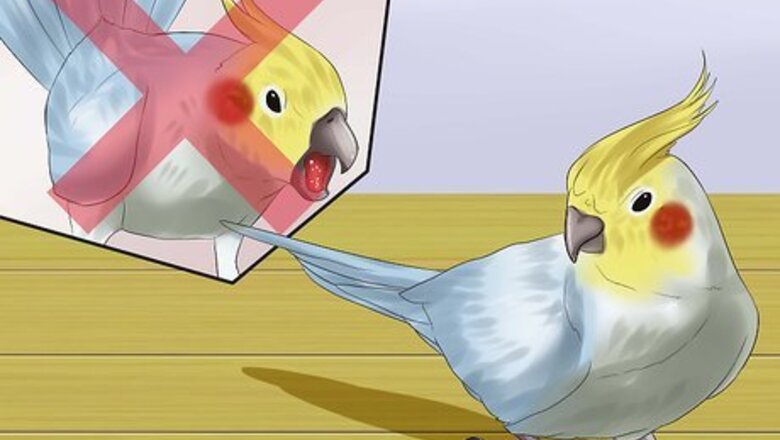
views
Petting Your Bird
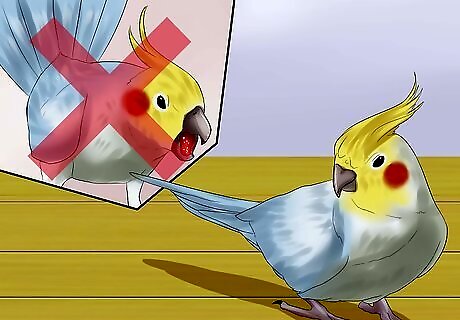
Let your bird calm down. If your bird is flapping around, squawking, or restless, give it a chance to relax before you try to pet it. Touching your bird while it is excited can cause it to feel threatened.
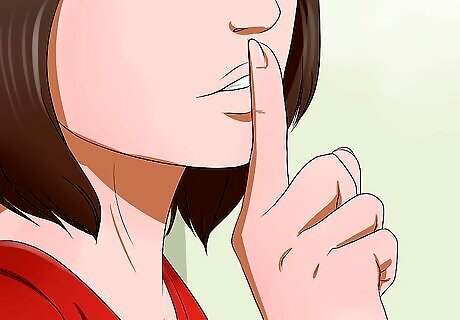
Keep quiet. Cockatiels are easily frightened, especially by loud noises. When you want to approach your bird to pet it, talk to it in a soft and soothing voice. In addition, make sure any sources of noise (televisions, stereos, etc.) are turned down or off.
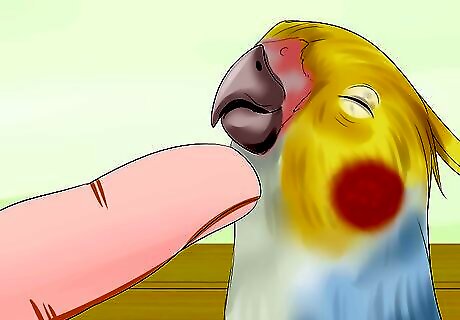
Stroke your cockatiel. Your bird will probably love to be petted under its beak, on its head, at the nape of its neck, over its ears, and under the nares (nostrils). All of these areas are places that the bird cannot preen on its own. Your bird will really enjoy it if you take your finger and rub one of these areas.
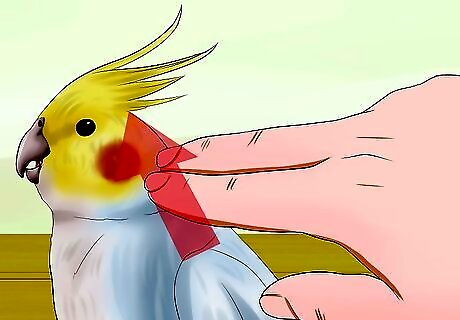
Stroke your bird toward its beak, not its tail. Unlike other pets, like cats and dogs, most birds like to be petted the “wrong” way. Take your finger, and rub its feathers against the direction that they grow in.
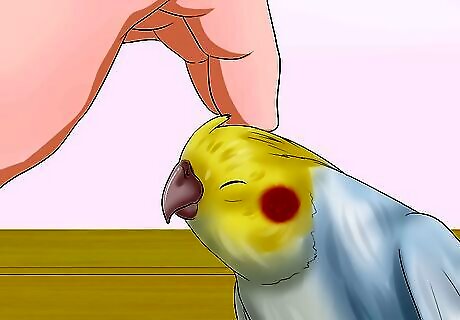
Scratch your bird’s head. If your bird takes well to petting, you can also try using your fingers to gently scratch its head. This can become an addictive massage technique!
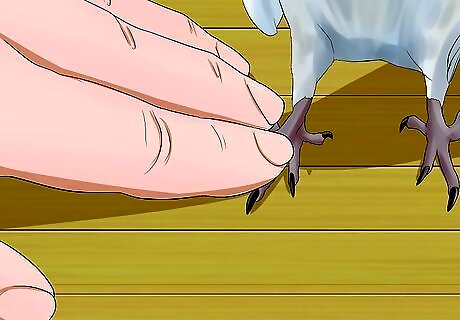
Massage your cockatiel’s feet. Take your fingers and gently rub your bird’s feet. Some cockatiels will love a foot massage right away, while others might be startled at first. Many birds seem to love this kind of massage, so give it a try and see what yours thinks. You can also provide your cockatiel with a variety of perches with different textures. When your bird stands on them, they can provide a kind of massage for its feet. You can even try gently scratching the bird’s feet with a stick.
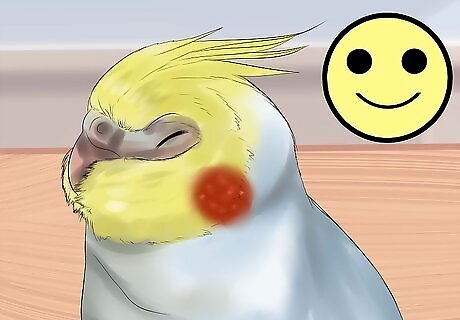
Look for signs that your cockatiel is happy. Your bird may fluff up the feathers on its head if it is enjoying being petted. It may also stand on one foot, sing, or even “talk” to you!
Avoiding Problem Behavior
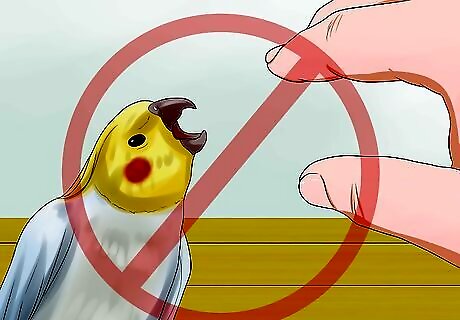
Don’t force your bird to be petted. Every cockatiel has its own personality. Many will like to be petted, though yours may not. Some cockatiels may like to be petted, but not all the time. If your bird doesn’t seem to want to be petted, don’t push it.
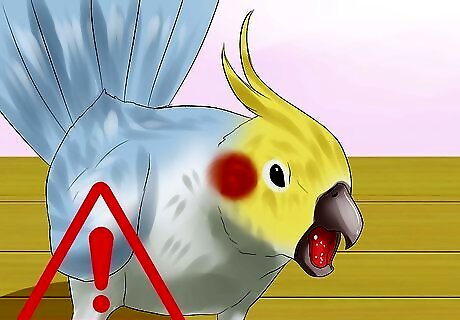
Watch for warning signs. If you have started to pet your cockatiel (or are trying to), and it does not want to be touched, it may behave somewhat aggressively. Hissing, tail fanning, swaying from side to side, backing into a corner, puffing up, and lunging with its beak open can all indicate that your cockatiel does not want to be petted.
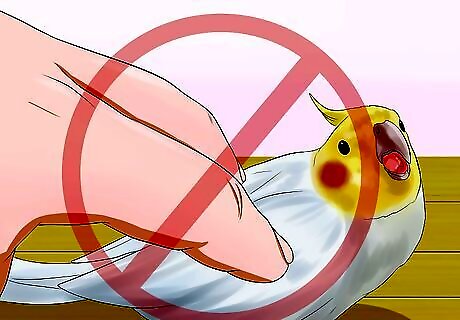
Don’t sexually arouse your cockatiel. Certain kinds of petting can cause your bird to become hormonal. For most birds, this means petting them in places other than their heads. In particular, you should avoid stroking the wings or base of the tail, even if your bird seems to enjoy being petted in other areas.
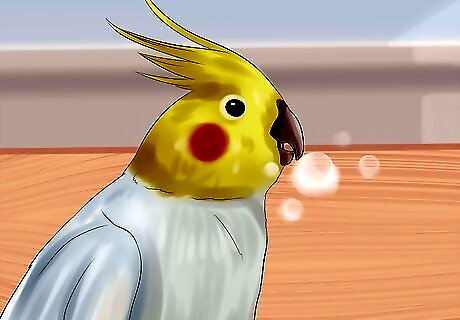
Watch for courtship behavior. If your bird has become hormonal, it may regurgitate food, begin panting, or act especially protective of you. It may even attack other people that come near you. If you see any of this behavior, you should stop petting your cockatiel.
Massaging For Special Purposes
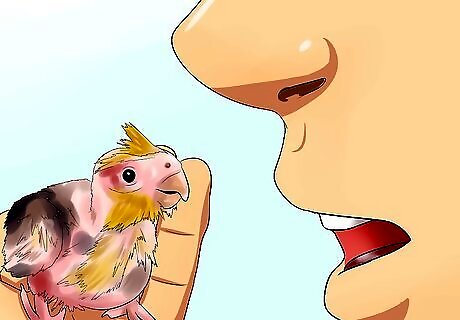
Pet your bird to calm its night frights. Cockatiels are prone to have night frights. This means that yours may become scared by something in the dark, and begin to thrash around violently in its cage. This can be startling, but try to speak softly to your bird to soothe it. Then, try petting its head to calm it down. Leaving a night light on in the room you keep your bird in may help prevent night frights.
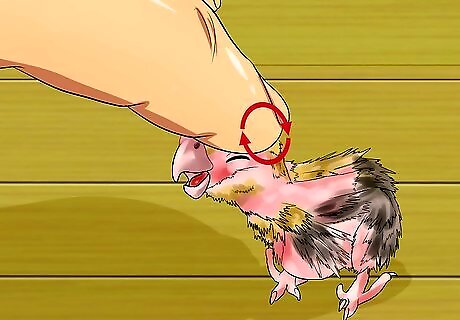
Make a baby bird yawn. If you are hand-feeding baby cockatiels, you can make their mouths open. Simply massage one on the side of its head (by its ears), using a circular motion. This will stimulate it to yawn, making it easier to feed the bird.
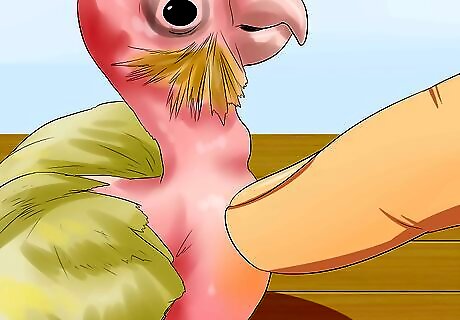
Burp your bird. Hand-fed baby cockatiels are prone to aerophagia, or gulping air. This can cause them to become bloated and need to be burped. Simply massage its crop (the pouch near the base of its throat) by rubbing it lightly with a finger to help release the air.
















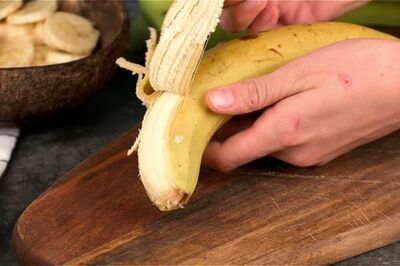

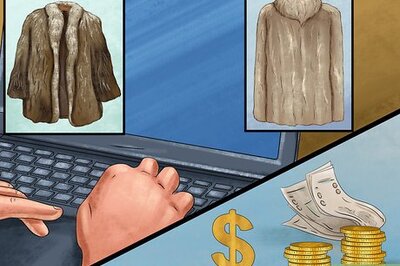
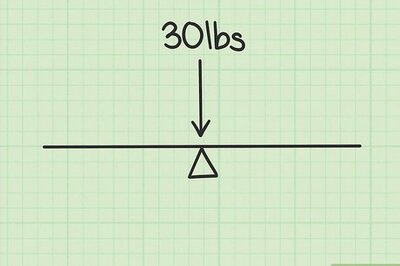
Comments
0 comment